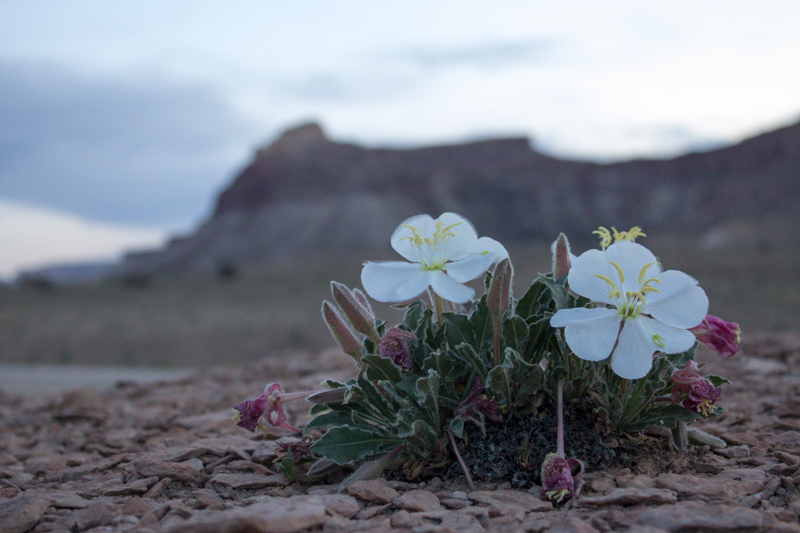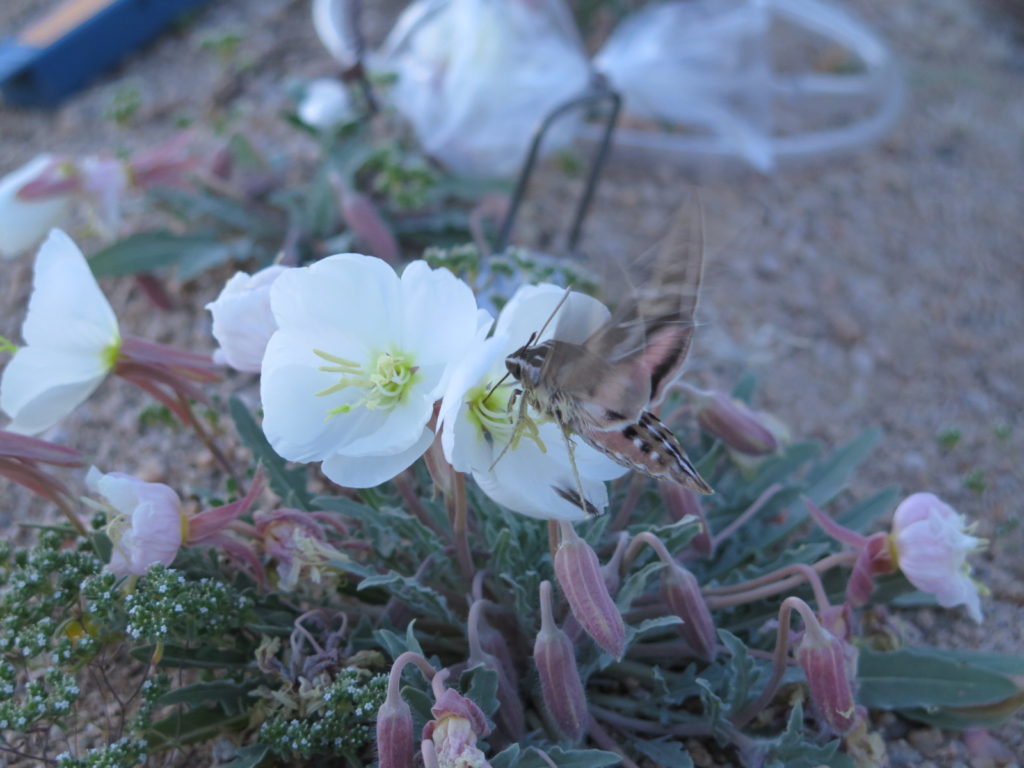
“The cool thing that connects the scientific community is we’re all working in our own little ways to advance knowledge and our understanding of the world.”
Krissa Skogen, conservation scientist at the Chicago Botanic Garden and adjunct professor in the program in Plant Biology and Conservation at Northwestern University.
Each weekend when biologist Krissa Skogen was a kid, she went with her family to a lake in western Minnesota. The six of them camped in tents on a small property where there was no cabin, no running water, and not even an outhouse—just a small shed for storing fishing rods. There, Krissa developed an early taste for nature and for something even more important: freedom.
For entertainment, her family would go to nature centers where Krissa gravitated toward the plant identification books. “I’d try to figure out what was what based on the drawings. It’s hilarious to think about now, because it was so hard.” The books, she said, offered only vague, general categorizations that made it impossible to actually identify the species. “But there’s no question that’s why I do what I do today,” says Krissa. “It was spending so much time outside and having the opportunity of hours on end to figure something out.”
Today, Krissa researches nocturnal pollination and what makes the scent of a flower at night so marvelously alluring—to insects, animals, and to us.

The fragrant and fabulous evening primrose, one of Krissa’s study subjects shown here blooming in the nighttime air of the arid West.
Photo: Skogen Lab

The hawkmoth is one of the pollinators that visit the evening primrose in the evening, after the sun goes down.
Photo: Skogen Lab
